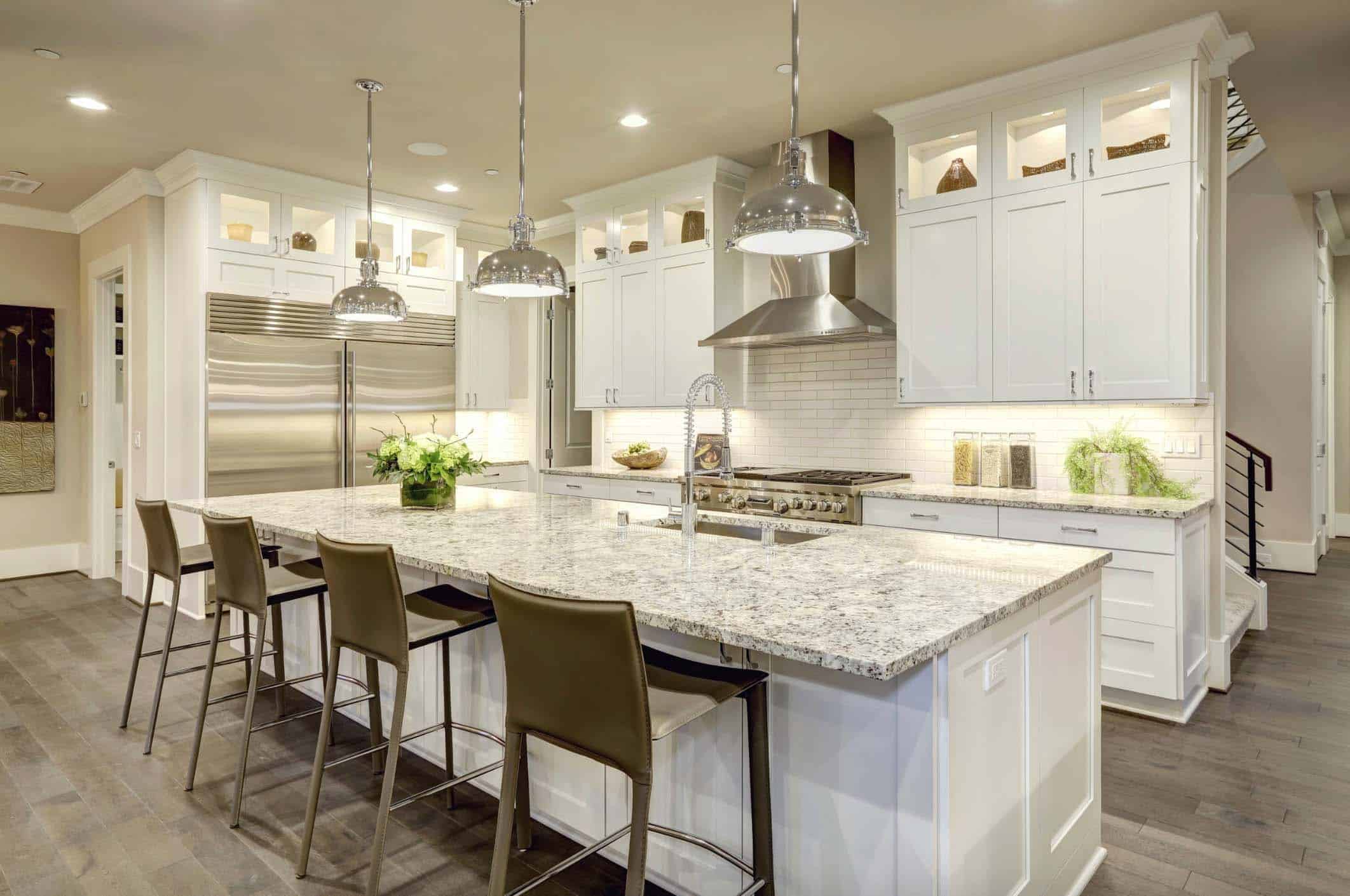Unlocking the Secrets of Historical Structures through Modern Structural Design Historical buildings, with their captivating stories and architectural charm, stand

Choosing your favorite decorative pendant for a home seems simple, right? Or even choosing the ideal table lamp that blends well with your living space. However, choosing architectural, lighting can be a bit difficult. Especially when you want to do-it-yourself. Yet professional designers consider it as the ‘’ to customizing your living space. It makes it more comfortable. More functional and even more beautiful.
Don’t get me wrong though! I’m not saying that it’s impossible! Anyone can create a custom lighting design for their house on their own. What matters is knowing your lighting needs. To help you with that, here are 5 questions you should ask yourself:
Are you planning to use the room for family life, entertaining, private time, or even for homework? Whichever the case, always remember that different activities need different kinds of lighting. You should also consider the different ‘zones’ of the room.
Putting a lighting fixture over a counter or table is almost certain. If you enjoy reading on your sofa, place the right lighting in that spot as well. Or let’s say you love spending your time in the hot tub. Then put a decorative, dimmable LED fixture that is ideal for damp areas in the bathroom. It will help you set the perfect mood as you enjoy your long soak.
There are 3 basic kinds of lighting:
A perfect lighting plan should combine all these lighting types. General lighting comes from pendants, overhead chandeliers, and other ceiling lighting fixtures. To supplement general lighting, you need lighting fixtures near the activity. This can be a dimmable LED on the working desk or suspended pendants above the food preparation area. You can also add dimmers to create an atmosphere for meditation, or entertaining.
Advanced LEDs consume less power, yet produces the same light as incandescent lamps. To measure the level of incandescent lamps’ brightness, we’d use wattage, but with LED, we use lumens.
So, how many lumens do you need to light a room or a task? To determine that, refer to the IES (Illuminating Engineering Society) Lighting Handbook. The IES handbook provides the following guidelines:
To light raised surfaces and tables, approximate 30 lumens for every square foot. Hence, for a 3 X 6 Ft dining table, you’ll need 30 lumens x 18 sq. ft. = 540 lumens.
To light floors, approximate 20 lumens for every square foot. Hence, for a 10 X 10 Ft room, you’ll need 20 lumens x 100 sq. ft. = 2,000 lumens.
To light working desks, approximate 50-75 lumens for every square foot. However, that level of brightness may not work in every situation. Thus, you can increase the brightness in kitchen preparation areas. Besides, you can adjust the level of brightness to your liking with dimmer controls.
Lighting has the ability to make colors lively. In the appropriate light, carpets, patterned surfaces, and fabrics pop. Contrarily, the wrong light tends to flatten and fade even lively color. They can also make cool colors appear a bit off. So, you need to select color temperatures that are ideal for a certain situation.
There are 2 main measurements for the light color you should know:
Both measurements begin with the natural daylight concept. Natural daylight can be warm and bright. Incandescent lamps and candle flames have this same warmth. Likewise, energy-efficient, durable LEDs can achieve the same warmth.
Degrees Kelvin helps to measure the light’s warmth (yellowness). Light sources come in various color temperatures displayed in K (degrees Kelvin). Whiter light has higher ratings on the Kelvin scale. While yellower lights have lower ratings. For instance, the color temperature of daylight is 5000K.
Light with a color temperature of 2700K is ‘soft white’ or ‘warm white’. Most professional designers suggest 2700K – 3500K for bedrooms and living rooms. For baths & kitchen, many prefer cooler, brighter color temperatures between 4000K and 4500K. For excellent results, pair warm tones with warm light and cool colors with cool light. This helps to keep the colors authentic.
The Color Rendering Index is the ability of light to render color. The CRI of daylight is 100, which is the same as the CRI of incandescent lamps. The recent LED lamps have a CRI of 90. This is ideal for the best reproduction of natural color.
Are you in search of the recent lighting ideas? High-performance lamps with integrated LEDs have benefits/ features that incandescent lamps lack. Besides, they look a bit different as well.
LEDs are small and run cool. Hence, they’re more durable and energy-efficient than incandescent lamps. Those are the 2 main factors impacting the next-generation design in lighting. So, consider those 2 factors while you’re exploring the lighting design of your home.
About Author
InnoDez